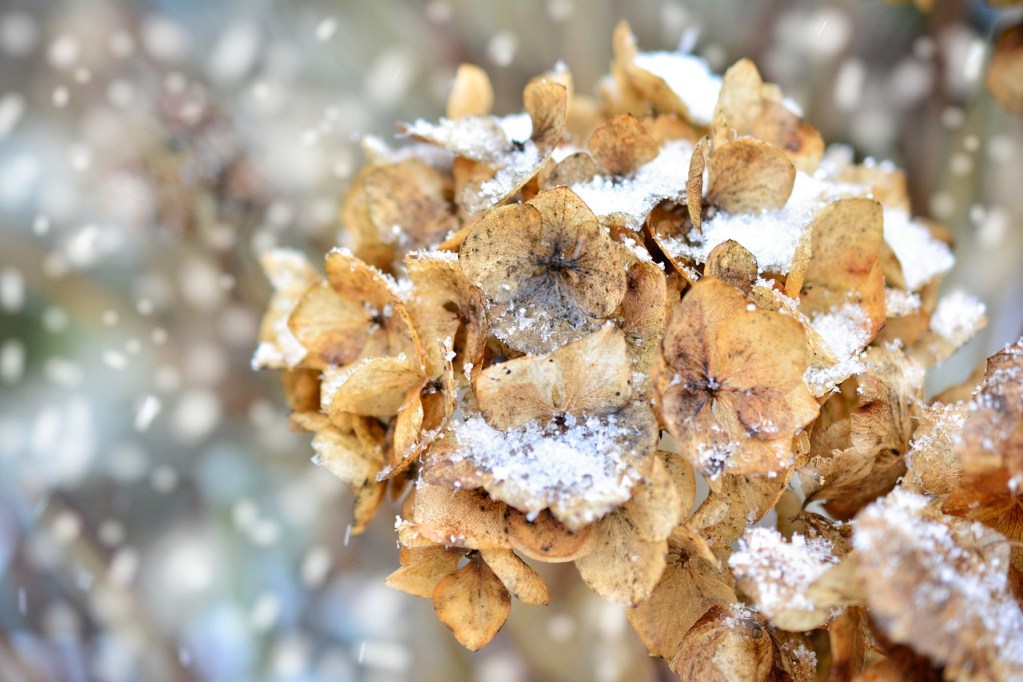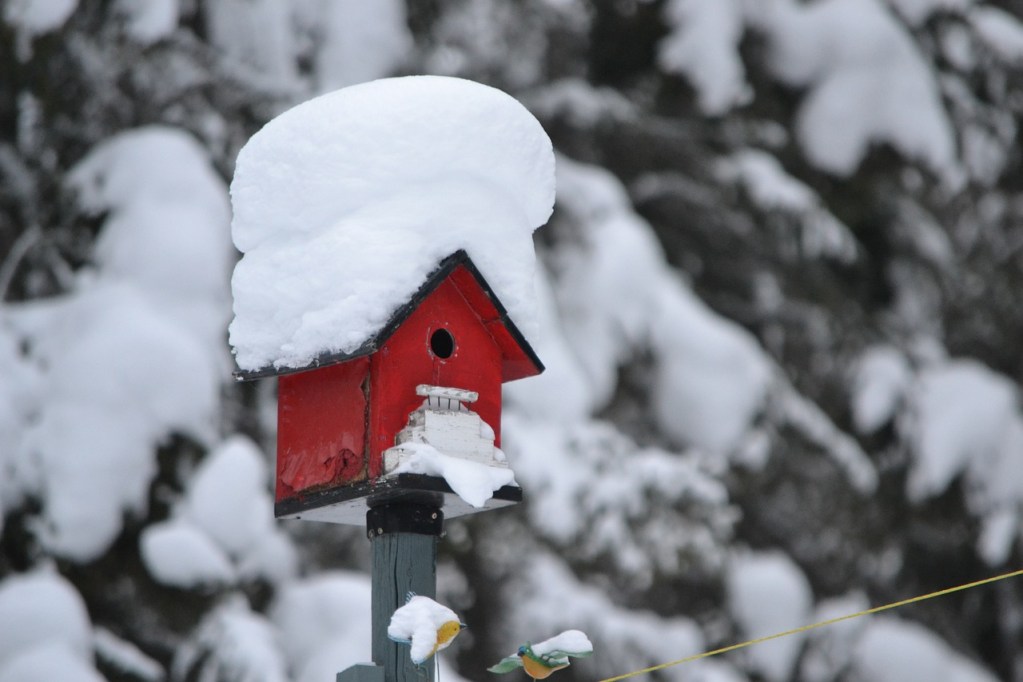Jumping into the new year can be daunting, but it doesn’t have to be! If you aren’t sure where to start with your garden this year, we’re here to help. Just like the steps to winterize your garden in late fall, there are steps you can take to wake up your garden and prepare it for your first planting of the year. Here are four simple tasks to help you start your new growing season off right.

Clean out old plants
The first step to preparing your garden is to clean it. Here’s what to do:
Step 1: Remove loose debris.
Step 2: Assess what plants need to go.
Look for plants that have already died or are close to dying. Remove any plants that sustained heavy damage over winter or are sick, as well as plants you simply don’t want in your garden anymore.
Some plants go dormant during winter, and dormancy can look like death! Check the roots if you’re unsure. Brittle, mushy roots are signs of dead plants, while firm, light-colored roots are signs that your plants are still alive.
Remember to check porch plants left outside during winter, too.
Step 3: Dig up plants that you need to remove.
You may be able to pull them up without digging. However, this can damage the roots of nearby plants. It’s safest to either dig them up carefully with a hand shovel or cut the plant off at ground level with garden shears and let the roots decay in the soil.
Step 4: Prune partially dead plants.
Some plants may have a living stem, but some may have dead branches. Cut the dead branches off with a clean, sharp pair of shears to keep the rest of the plant healthy.
Step 5: Avoid composting any material with fungi on it.

Revitalize the soil
Once the garden is cleared of old plants, you can revitalize the soil for new plants! You can do this by mixing compost into your soil or by planting a cover crop. Cover crops are plants that help the soil recover by replenishing the nutrients and reducing erosion.
Clover, alfalfa, and rye are all common choices. If you don’t want to wait for a cover crop to grow, then adding compost to your soil works as well.

Choose what plants to grow
Depending on where you live, your ground may not be thawed enough to plant yet. However, planning ahead can save time and stress, so you aren’t rushing when it comes time to plant. Here’s what to consider when choosing your plants:
Step 1: Find out when your predicted last frost day is.
Many plants can only be planted after the last frost has passed, so it’s a good idea to know when that is.
Step 2: Decide when you want to start your garden.
Your plant options may vary depending on whether you plan to start your garden as soon as possible or want to wait until late spring or early summer.
Step 3: Start seeds indoors.
Some plants take a long time to grow or are sensitive to the cold. You can speed up the process and protect them by starting them indoors in January or February and transplanting them when the weather is warmer.

Take care of general maintenance
Do you have any structures in your garden? Snow and ice can damage them, so it’s important to inspect them. You might find small, easily fixed things like chipped paint or loose fence beams, as well as larger things that may need replacing, such as broken glass decorations or falling stone walls. Depending on the layout of your garden, some of these things may need to be fixed before you start planting.
By completing these four simple tasks, you can make your spring planting smoother and less stressful. It isn’t always pleasant to be outdoors during this time of year, but even chipping away at these tasks over the course of a few weeks can be a big help.




